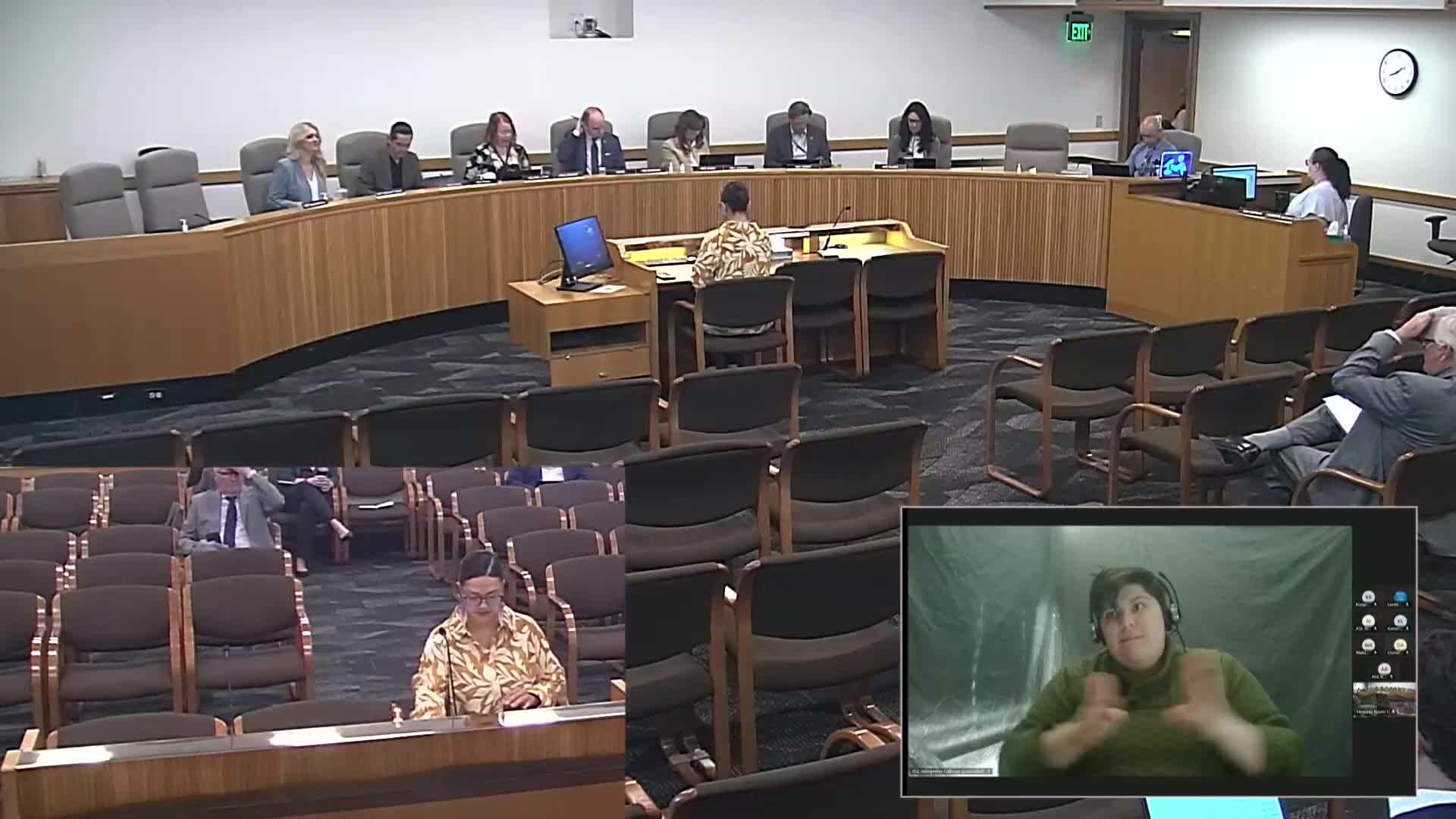Oregon House Bill mandates testing for contaminants in well water for renters
April 30, 2025 | Rules, House of Representatives, Committees, Legislative, Oregon
This article was created by AI summarizing key points discussed. AI makes mistakes, so for full details and context, please refer to the video of the full meeting. Please report any errors so we can fix them. Report an error »

Oregon's House Committee on Rules convened on April 30, 2025, to discuss significant legislation aimed at ensuring safe drinking water for residents relying on domestic wells. The proposed House Bill 3525A mandates that landlords in designated groundwater management areas test drinking water for harmful contaminants, including arsenic, E. coli, nitrates, and lead. This bill is a response to growing concerns about water quality and the lack of regulations requiring landlords to disclose water safety information to tenants.
The legislation requires landlords to conduct water tests every four years, with annual testing mandated if contaminants exceed EPA limits. Test results must be shared with tenants and the Oregon Health Authority (OHA), which will then provide assistance to households with contaminated water. This initiative aims to enhance public health and safety by ensuring that renters are informed about the quality of their drinking water.
During the meeting, Representative Vanessa Hartman, who sponsored the bill, emphasized the importance of clean water access, sharing personal experiences that highlighted the risks faced by families unaware of potential contaminants in their water supply. The bill has undergone revisions to narrow its scope, focusing specifically on properties within groundwater management areas and extending its implementation date to June 1, 2027. This extension allows time for the OHA and testing laboratories to prepare for the new requirements.
The committee's discussions also included amendments that refined the bill's language and clarified the timeline for tenants to receive test results. Hartman expressed gratitude to stakeholders and committee members for their contributions to the bill's development, underscoring a collaborative effort to address water safety issues in Oregon.
As the bill progresses, it represents a crucial step toward safeguarding public health and ensuring that all Oregonians have access to safe drinking water. The committee's actions reflect a growing recognition of the need for regulatory measures to protect vulnerable communities relying on well water.
The legislation requires landlords to conduct water tests every four years, with annual testing mandated if contaminants exceed EPA limits. Test results must be shared with tenants and the Oregon Health Authority (OHA), which will then provide assistance to households with contaminated water. This initiative aims to enhance public health and safety by ensuring that renters are informed about the quality of their drinking water.
During the meeting, Representative Vanessa Hartman, who sponsored the bill, emphasized the importance of clean water access, sharing personal experiences that highlighted the risks faced by families unaware of potential contaminants in their water supply. The bill has undergone revisions to narrow its scope, focusing specifically on properties within groundwater management areas and extending its implementation date to June 1, 2027. This extension allows time for the OHA and testing laboratories to prepare for the new requirements.
The committee's discussions also included amendments that refined the bill's language and clarified the timeline for tenants to receive test results. Hartman expressed gratitude to stakeholders and committee members for their contributions to the bill's development, underscoring a collaborative effort to address water safety issues in Oregon.
As the bill progresses, it represents a crucial step toward safeguarding public health and ensuring that all Oregonians have access to safe drinking water. The committee's actions reflect a growing recognition of the need for regulatory measures to protect vulnerable communities relying on well water.
View full meeting
This article is based on a recent meeting—watch the full video and explore the complete transcript for deeper insights into the discussion.
View full meeting
